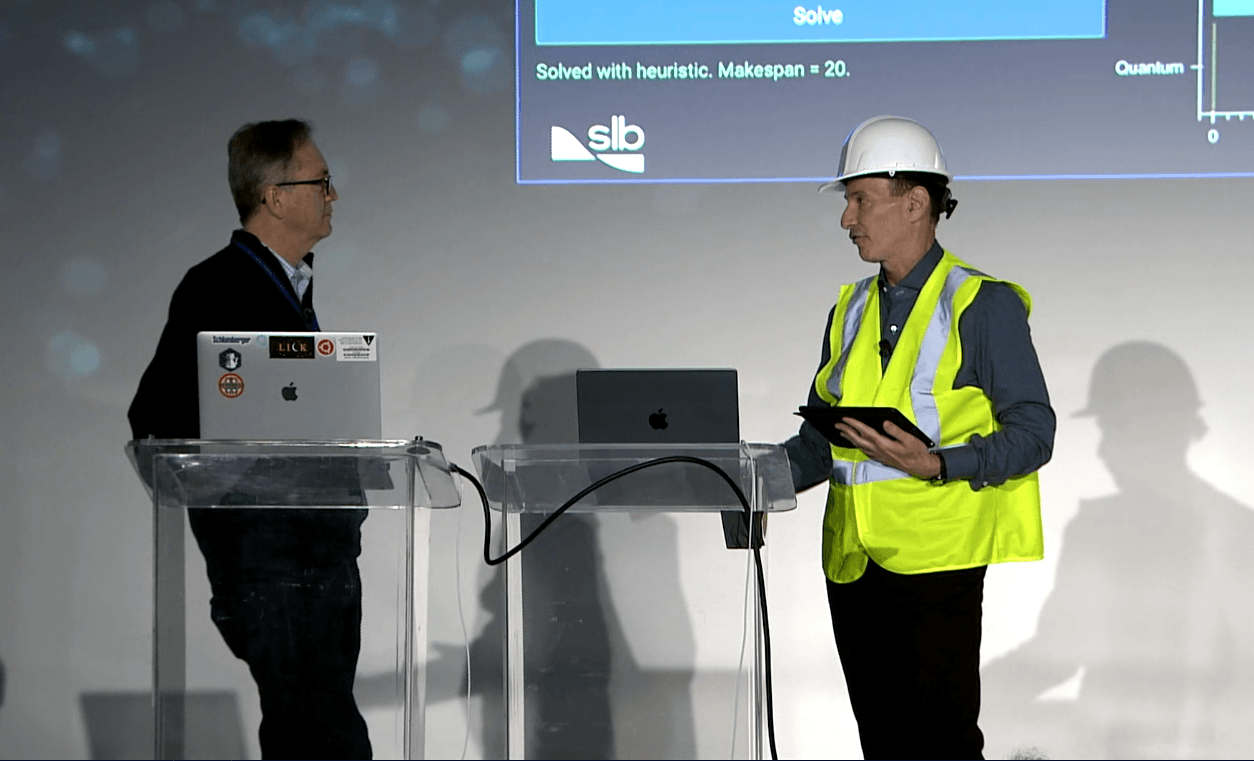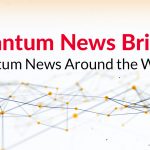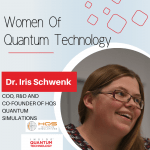D-Wave harvests market’s ‘low-hanging fruit’; offers more updates at Qubits events

At its seventh annual Qubits event in Miami this week, D-Wave Quantum showcased an array of new and renewed commercial customer engagements, and provided some updates on new capabilities for its quantum annealing and gate model quantum computing systems.
The event hosted speakers discussing how D-Wave’s technology has helped them address highly complex applications with massive numbers of variables. For example, Rodney Lessard, computation software engineer at SLB (Schlumberger, Ltd.), offered a glimpse at all of the variables involved in coordinating very large oilfield projects.
“To construct the entire field with 88 wells is going to likely require multiple drilling platforms, multiple rigs, multiple crews, and it’s really important to consider the efficiency of moving those rigs to the various well locations, and also how the surface and the sub-surface features of the area where you are going to be drilling affects the drilling time,” Lessard said. “We really want to make sure we know what is going to give us the most efficient schedule, with the lowest downtime, and that could increase the variables as well.”
D-Wave’s quantum annealing system helps SLB plan and optimize management of this complex set of variables to help meet ultimate business goals such as lowering cost of operation and increasing profitability.
Also, speakers from aerospace defense firm Davidson Technologies, which D-Wave announced as a customer earlier this month, and Mastercard, which D-Wave partnered with last summer, also discussed their experiences. Davidson Technologies is working on missile defense optimization, while Mastercard Foundry is using quantum annealing for optimizing customer loyalty and rewards allocation, anti-fraud detection efforts, and net settlement problems involving multiple international currencies. Another client, Recruit Group, showed how it is using the technology to optimize the allocation of TV commercial broadcasts so that the maximum number of viewers is watching commercials multiple times.
Meanwhile, Siemens Healthineers and Unisys were among other customers mentioned. In addition, Pattison Food Group has counted on D-Wave for grocery operations optimization, and SavantX has sought the company’s help for port operations optimization.
D-Wave CEO DR. Alan Baratz described such optimization problems as the “low-hanging fruit” of today’s quantum annealing and computing market opportunities, and representing about 25% of the market.
“Optimization is about a quarter of the total addressable market for quantum, according to Boston Consulting group, and factorization is another quarter, and linear algebra and differential equations each represent a quarter,” Baratz said. “With our annealing quantum computers, we absolutely address optimization, we nail that.”
He added that it is unlikely that gate-model quantum computing systems will be able to supplant annealers for particular kinds of optimization problems, and that annealers also are good at linear algebra and factorization, “cannot address differential equations… but gate-model systems are very good at differential equations, and they can do linear algebra and they can also do factorization.” That explains why D-Wave is developing both kinds of systems, and sees a future for both.
“With our annealing systems, we can really address about three quarters of the market,” Baratz said “Once we deliver our gate model system, then we’re going to be able to address the full market for quantum.”
D-Wave product updates
Among product updates, D-Wave said its next generation Advantage2 annealing quantum computing system will feature 7000+ qubits and 20-way connectivity, and in addition will be implemented in a new lower-noise fabrication stack that will offer improvements in qubit coherence. D-Wave said a 4x reduction in noise was demonstrated for qubits within prototype processors fabricated from a newly developed lower noise fabrication process. This means higher coherence qubits and is expected to lead to additional performance gains for the Advantage2 quantum system, beyond those already achieved and released in the Advantage2 experimental prototype that was made available in the company’s Leap quantum cloud service last June.
D-Wave also announced the launch of new problem visualizer: The Ocean SDK and problem visualizer are now updated to reflect the higher Advantage2 connectivity (20-way), highlighting more compact embedding that enables larger, more complex problems and better solutions.
Demonstrating continued advancement of its software solutions, D-Wave also showcased several recent enhancements to its constrained quadratic model (CQM) hybrid solver in Leap, including:
- Continuous variables: enabling better representation of constrained problems – such as production capacity, available funds, and asset tracking – by using continuous variables and thus expanding the scope of quantum solutions into the Mixed Integer Programming (MIP) space
- Weighted constraints: allowing quantum developers to more easily and accurately model problems where it is not possible to satisfy all constraints through classical computing logic
- Pre-solve techniques: reducing the size of problems and allowing for larger models to be submitted to the hybrid solver by removing unnecessary variables and constraints to achieve a cleaner data set
Meanwhile, D-Wave said its gate-model system under development has achieved several milestones, including:
- Scalable qubit designed and readout method validated: D-Wave is currently benchmarking 1- and 2-qubit fluxonium qubit circuits manufactured in its fabrication process, and has validated a new scalable readout method for gate model architecture. In addition, D-Wave has completed a first iteration of a logical qubit design, which leverages new scalable control and readout technologies.
- D-Wave also introduced a new gate model simulator in the Ocean suite of open-source tools, enabling developers to construct quantum circuits, create and add quantum gates to any circuit, and simulate circuits on our performant state-vector simulator.
Image: Rod Lessard, computational software engineer at SLB, left, talks to D-Wave CEO Dr. Alan Baratz, right, about using D-Wave’s quantum annealing technology to optimize large oilfield projects.
Dan O’Shea has covered telecommunications and related topics including semiconductors, sensors, retail systems, digital payments and quantum computing/technology for over 25 years.



















